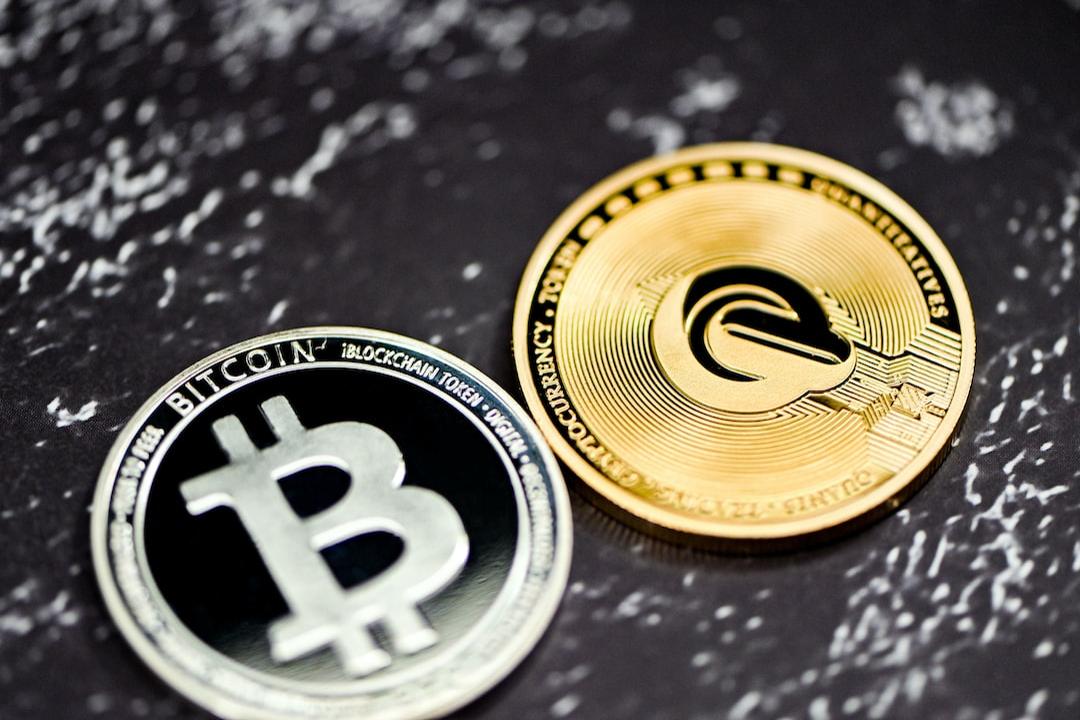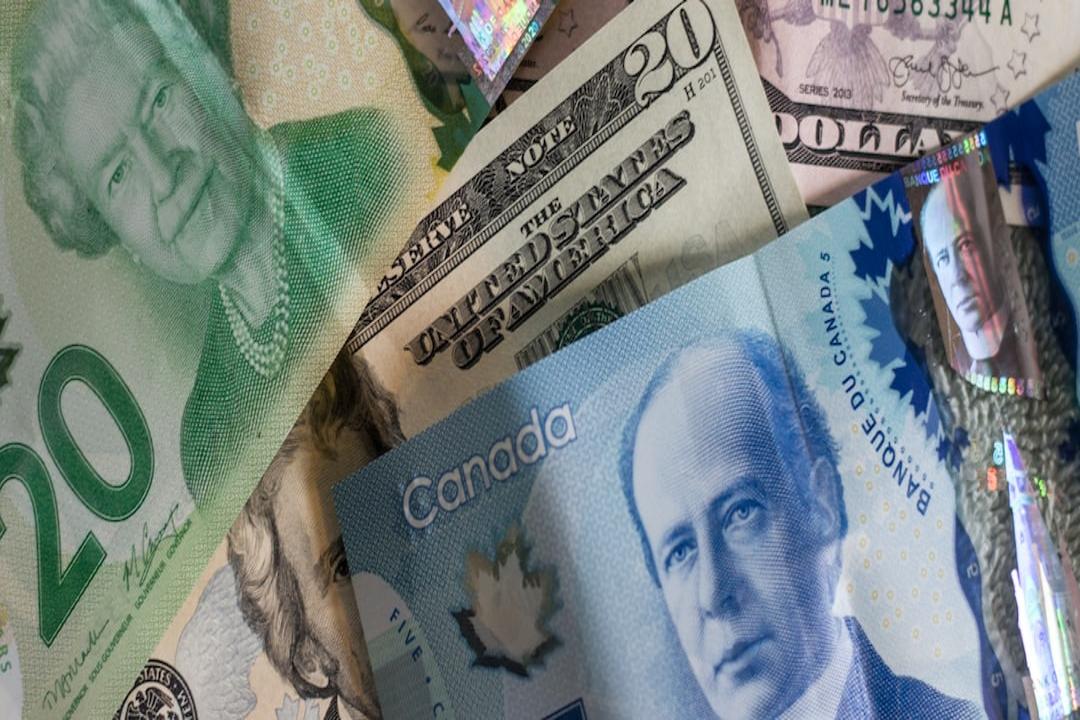There is a saying in the currency circle that it is easiest to lose money in a bull market. So how to survive and profit in a bull market? This article is based on an article by the author Based Money Lich King, compiled, organized, and written by Deep Tide TechFlow.
In the previous market cycle, whether it was a bear market or a bull market, I made many mistakes due to lack of experience. However, these mistakes were valuable lessons for me. I paid a high price as “market tuition,” but in doing so, I avoided many pitfalls that would have almost wiped out all my profits. I summarized these lessons into a set of rules and strictly adhere to them. Today, I want to share these rules with you. The purpose of these rules is not to make you wealthy, that is your own business. The real meaning of these rules is to help you survive in this high-risk market. Remember, even in a bull market, risks still exist, and you may still be liquidated due to operational errors.
Of course, these rules are not absolute, but they can help you reduce risks in this uncertain market.
Rule 1: Never be the first participant in a highly anticipated blockchain event
If a blockchain event attracts widespread attention, the first participants are usually punished. For example, early investors in Sushiswap suffered losses, as did the Otherside deeds project, among many similar examples. Those who bought Sushi too early ultimately paid a heavy price. The correct strategy is to wait patiently until the market sentiment stabilizes, and panic selling (FUD) or hype gradually subsides, then evaluate whether the risk and return are worth it. If the entire crypto community (Crypto Twitter, CT) is buzzing about something, early participation is often a failure.
Rule 2: Never use perpetual contracts recklessly
Perpetual contracts are designed for “giga whales,” not ordinary retail traders. Most people are not GCR, Hsaka, Andrew Kang, or Nexus. You should not trade perpetual contracts. These tools are usually used by whales to supplement positions or make small bets with low leverage ratios. Leveraging 10 times or more is like putting yourself in the devil’s hands, so do not attempt it. Perpetual contracts are the fastest way to wipe out funds, without a doubt.
Rule 3: Always assume others have malicious intent
You are in the “Wild West” of the financial sector. There are no real friends here, even if someone appears to be your friend, they are no exception. There are countless stories of people being deceived, betrayed, attacked, or even scammed by those they trusted in the market. You should assume that these people may be strangers with ill intentions, or even potential scammers. Do not easily trust anyone, assume that everyone will sell your assets in the market.
Rule 4: Do not blindly worship founders
In this market, founders are the most cautious group of people. They often disappoint investors and token holders. People like Do Kwon, Dani Sesta, and Andre Cronje have repeatedly let investors down, as well as Chef Nomi, Starknet team, Celsius founder, etc. Do not treat founders as heroes, assume they will deceive you because they are likely to do so.
Rule 5: If the team’s behavior is suspicious, you must “manufacture panic” and “pretend to care”
This rule is a supplement to rule 4. If you find that the behavior of a founder or team is problematic, you should proactively “manufacture panic” (FUD) and “pretend to care” (concern troll) for your assets. By questioning the project’s behavior, encourage more people to join the questioning team until the team abandons its suspicious behavior. Those who blindly support the team may lose everything, so you need to protect your interests.
Rule 6: Never lock your tokens
Locking tokens for several months was one of the biggest mistakes I ever made. Remember, never do this! Tokens that are locked may be at risk of smart contract hacking. In addition, when the team knows that investors’ tokens are locked, they often engage in some unsavory behavior. For example, the TempleDAO’s Opening Ceremony event is a typical case. Do not lock your tokens to avoid being passive.
Rule 7: Stay away from Sisyphus
Sisyphus once carried out a rug pull amounting to $60 million and is still at large. If possible, try to avoid him and projects he participates in as an “angel investor.” In this circle, Sisyphus is the most notorious seller. His actions can be described as “predatory” and “destructive” on the chain. Stay vigilant and take responsibility for your assets.
Rule 8: Do not buy assets that have surged
Do not chase assets that have skyrocketed in a parabolic manner. Although occasionally successful, the probability of failure is much higher than success. Instead of taking risks, patiently wait for the market to adjust.
Rule 9: Focus on market capitalization, not price
Many people fall into the trap of price, especially supporters of tokens like XRP who believe XRP can rise to $10,000, or that Shib will rise to $0.01. But in reality, these goals are unattainable. We should judge based on whether the market capitalization is achievable, not just focusing on the price. However, if others are willing to believe in unrealistic price targets, you can follow them.
Rule 10: Remember to take profits
If you are experiencing financial difficulties in your current life, it is entirely reasonable to sell some assets to solve these problems. This market will always exist, and opportunities will always be there. Many people experience profit losses because they pursue a target digital asset (such as $50,000, $100,000, $200,000). If these numbers can change your life, then take profits decisively. As Foo said, the goal is to earn returns equivalent to two years’ salary from the market. This financial security will make you a better trader and make your life easier. In the long run, this mindset adjustment will benefit you.
Rule 11: Do not casually connect to unfamiliar applications
Be careful before using any new application, as this may result in your assets being stolen. It is recommended to first test with a smaller amount in a wallet to ensure security before using the main wallet.
Rule 12: Do not believe in the concept of a “super cycle”
The so-called “super cycle” refers to the view that the market will continue to rise. Is this really a super cycle? I cannot be sure. But if it is not, I do not want to make mistakes by believing in this concept.
Rule 13: Do not give up in a bear market
When we enter a bear market again, I hope you have followed rule 10 and taken profits in a timely manner. The bear market is not scary, so do not give up. In fact, the biggest profits often come at the end of a bear market. I am a living example of this. In a bear market, you should focus on improving your skills, honing your trading skills, and preparing for the next bull market.
Rule 14: Do not purchase tokens related to “mysticism”
Buying tokens of this kind may have unforeseen consequences. If you are a materialist and do not believe in these, at least be aware that the founders of these tokens are often morally suspect and have malicious intentions. Choose your investment targets carefully.
Rule 15: Wholeheartedly stick to your beliefs
This is the most important rule and the only way to stay grounded and humble. Although we may not be able to fully achieve this, striving to practice it is a form of growth.



